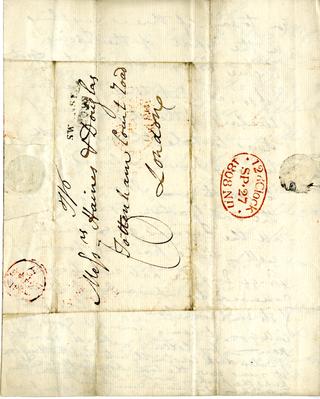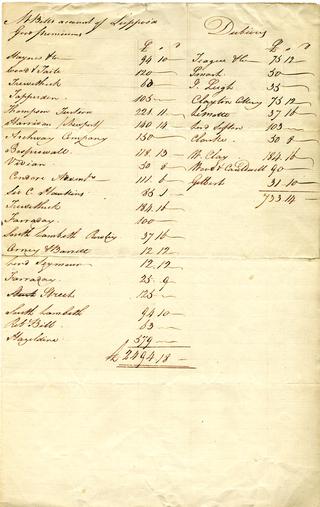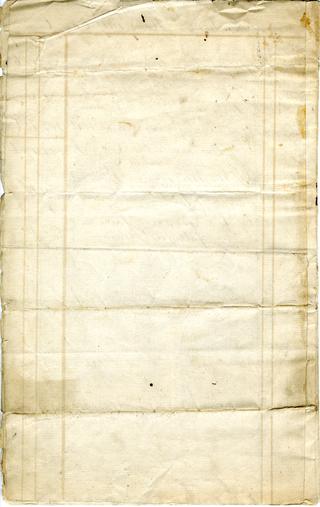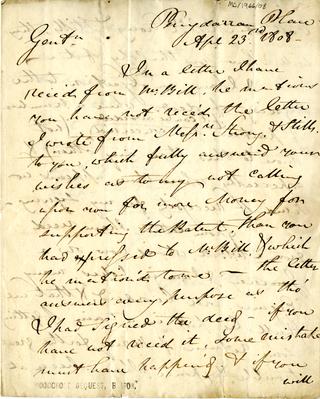
Homfray, Samuel 1762 - 1822
- Nationality:
- British
Samuel Homfray was an iron master involved in both the Penydarren and Tredegar Ironworks, in what, at the time, was the Welsh county of Monmouthshire. He was born on 16th February 1762 and was the youngest son of Francis Homfray, who manged the iron mill and forge of Anthony Beacon at Cyfarthfa. Samuel was involved in the management of this site but was described as having a dynamic and sometimes dangerous energy.
Following a disagreement with Beacon over expenditure Francis Homfray would give up the lease to the Cyfathfa site and would encourage Samuel, and one of this elder brothers Jeremiah, to lease land at Penydarren to build an ironworks. This would be later expanded when another of his brothers, Thomas, joined the partnership. In 1784 Richard Forman would also become involved after investing £10,000 and would be followed by other members of the same family. In 1786 Samuel would build Penydarren House, it is believed using money own from Richard Crawshay. During construction Roman bricks were discovered along with a tessellated pavement, which were the first indications that the site had been a Roman Fort. Despite the expansion that had occurred, the site of the ironworks was not without its issues as it was down stream from Dowlais works, owned by the Guest family, and this would often cause the river, that was relied on for water, to either dry up or become clogged with waste. Also, the site had very coal available on it which led to Homfray having to buy it from his competitors.
During his time at Penydarren Samuel would also be involved in a number of other activities, including being a promoter of the Glamorgan Canal and working with Richard Crawshaw to improve Henry Cort’s method of producing wrought iron.
In 1789 Jeremiah would move to Ebbw Vale to establish an ironworks there. Although he was still nominally involved in the Penydarren site most of the operations fell to Samuel. Following a disagreement with his brother in 1796, he would end up in sole control of the site and this would allow him to pursue his own interest in steam power. His first move would be to install a Boulton and Watt engine and this was followed by the beginning of production of boiler plate and other components. This work would put him in contact with Richard Trevithick sometime during May 1803. Soon after this he would purchase half of the patent that Trevithick, along with Andrew Vivan, had taken out on a portable hight pressure steam engine. As part of this he would travel around the country promoting high pressure engines in order to make the new technology more widely known. He would also encourage Trevithick’s work and it was from Homfray’s ironworks that the word’s first steam locomotive would run on 21st February 1804, winning Homfray 500 guineas, before it was reengineered to drive a hammer in one of the workshops. As part of this he also prevented efforts by Boulton and Watt to declare the engine unsafe.
In 1793 Homfray would marry Mary Jane Morgan, daughter of Sir Charles Gould Morgan who would lease him land at Bedwellte Common. On this land he would set up the Tredegar Ironworks. Not only was the site not down stream from other works, it also had a plentiful supply of coal. In 1813 Samuel Homfray would leave the Penydarren Ironworks, selling both it and Penydarren house to William Forman and William Thompson in order to focus his efforts on the Tredegar Ironworks. By 1823 this site had five furnaces and was producing 16,000 tons of iron per year.
Homfray would become the high sheriff of Monmouthshire and them MP for Stafford, from 1818 to 1820. He is described as making no impact on Parliament during his time chose not to stand again in the 1820 election. Despite this he is believed to be the Mr H referred to by William Wilberforce as ‘immediately recognising me, and with stentorian voice left me no peace ‘til his whole tale was told… inventor of tram roads, founder of all great iron works in Monmouthshire etc’.
Samuel Homfray died on 20th May 1822. His sons, Watkin and Samuel, would continue to run the Tredegar Ironworks and the family would remain involved in the site until 1868.


